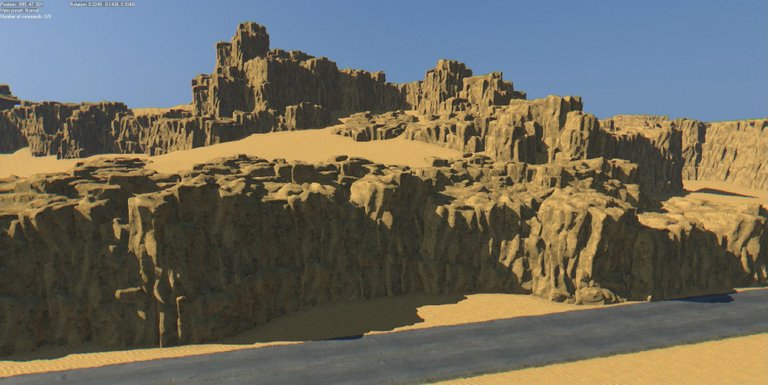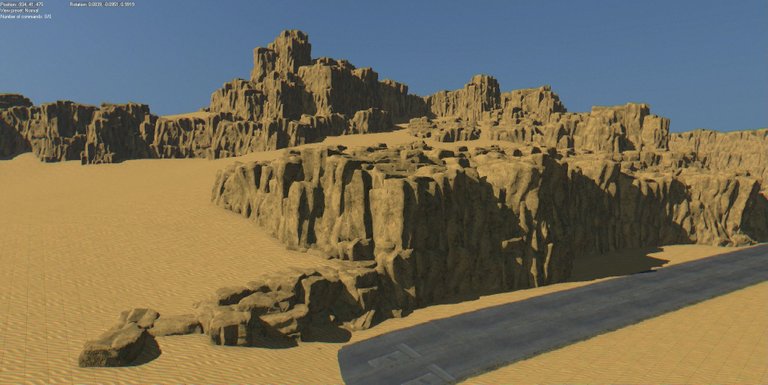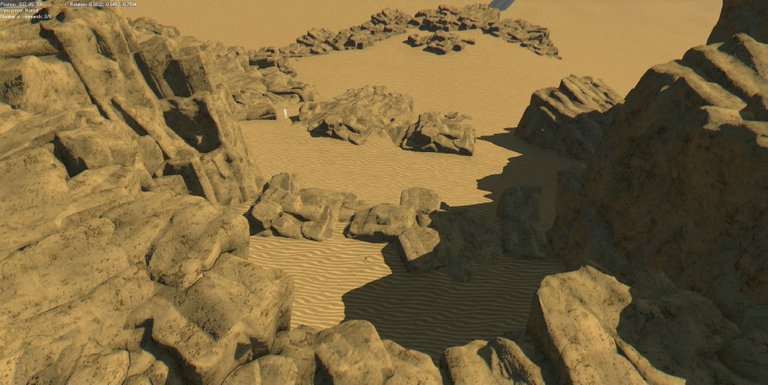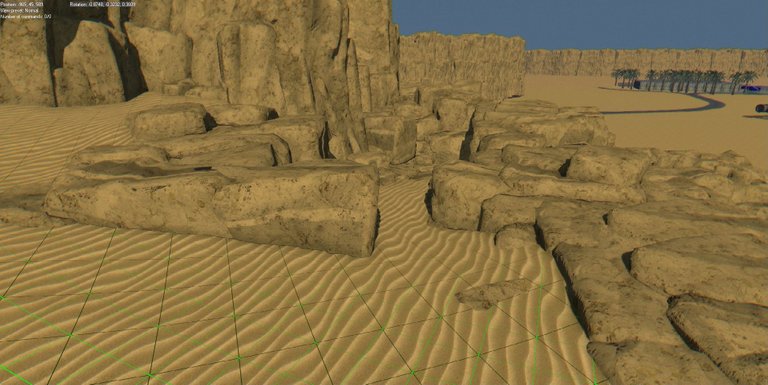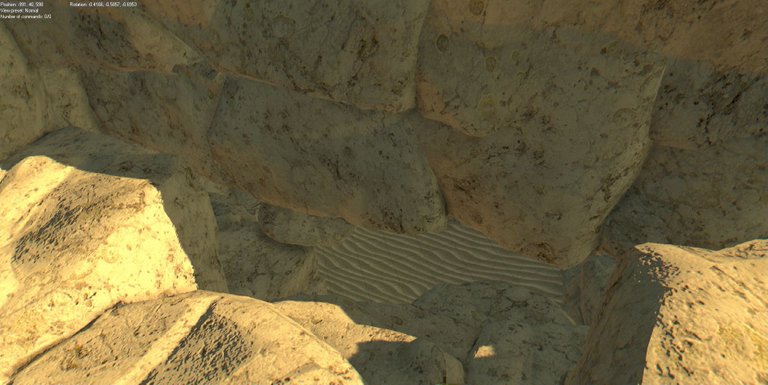Hello there.
I'm here to post some images (who doesn't like those?!), and at the same time talk about level design.
These are things i've picked up while playing games, and am now applying to my current and upcoming custom map for Dying Light, and doing what i feel makes an interesting level in open world games.
And other technical stuff. Feel free to correct me. I don't claim to be a pro.

Today's update is on ridgelines.
First, this is the first no-no while building nice looking ridgelines. So much so that it deserves several no-no's; No-no, no-no, no-no, no-no, no-no, no-no.
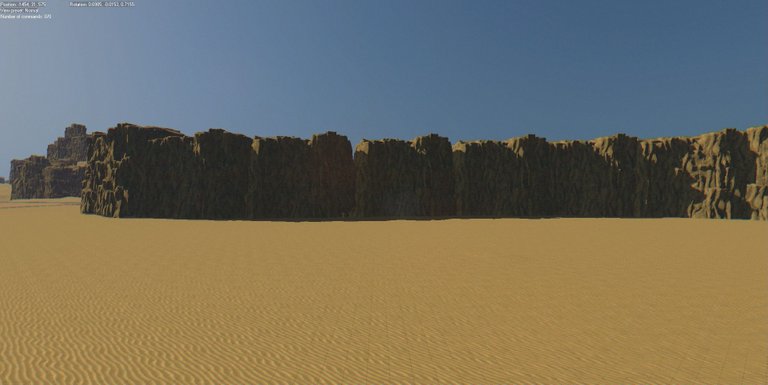
You want your game to feel underdeveloped and horrible? Then just copy paste the same mesh to form a ridgeline. That repeating pattern will tip players off as to how little effort you've put into the level design.
It's not to say you can't reuse meshes. At the very least tilt them, resize them, rotate them, and place them at different heights.
You'll still end up with a repeated pattern. It's inevitable. You're reusing the same mesh after all. Granted it's less of a pattern, but it's still there. Time to bring in a second mesh to further break up the pattern.

Using more than one different meshes is very handy but always try to re-use meshes, instead of just placing more, unique ones. From what i gather, re-using the same mesh it less consuming in terms of computing power than using several different ones, so the balance here is to hide the pattern while using the least amount of unique meshes.
"Unique" being, they're two separate meshes, visually. "Re-using" being using one mesh and duplicating it over and over.
Some patterns occurring in the image below, which need to be addressed; the highest cliff tops all have the same width, especially over the pipes.
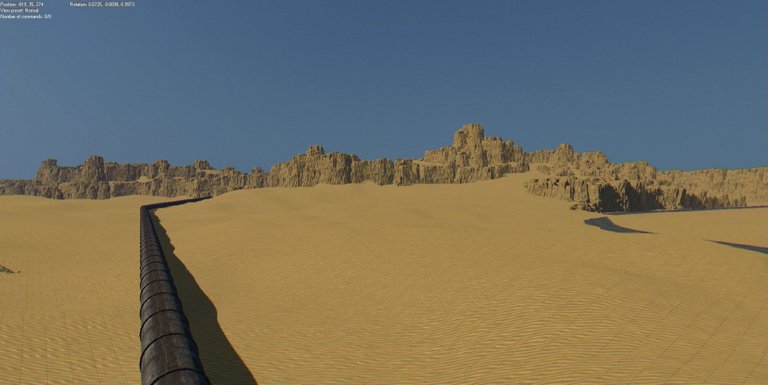
Repeating large blocks of the ridge line is a good way to speed up the building time of a level. As long as you don't paste the same blocks near each other, in a way that players turning their head will see the same repeating blocks of meshes. Ideally, the further apart they are from each other on the map, the better. You still can alter the repeated blocks, just enough so that they are a bit different, further breaking the obviousness that they were copy-pasted.
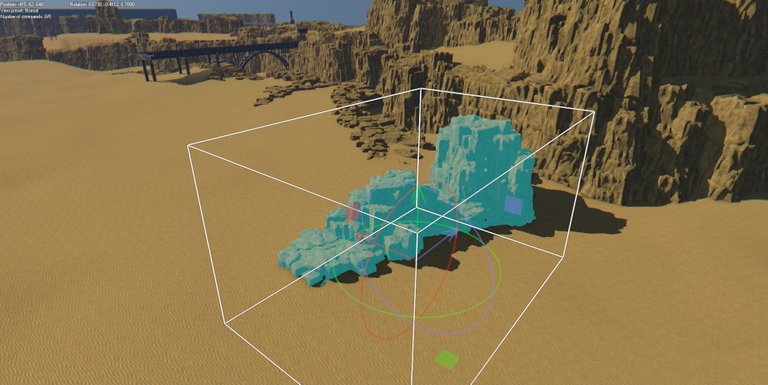
The balance here being how much time you have to build a level, with how much you care that blocks of meshes are blatantly repeated on your level. The same as with individual meshes, rotate, scale and tilt meshes in these copied blocks, enough to look slightly different. A bit of difference in mesh positioning will trick the player. Only people purposefully looking for repeated patterns will notice. But then again, people looking for patterns will find a million in every game, as they all re-use meshes!
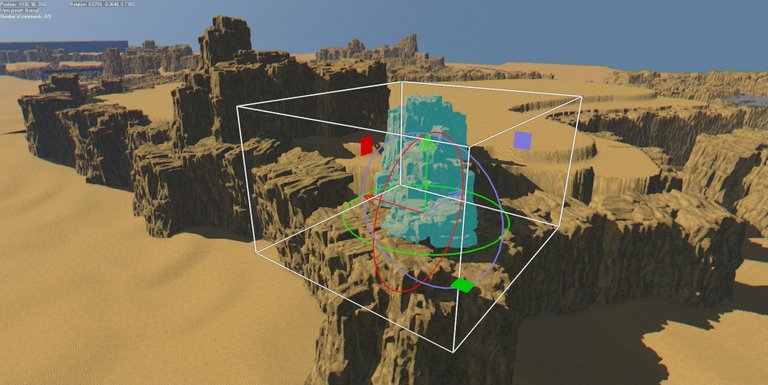
Make interesting locations. Locations people want to go explore, even if they're not locations that are part of the main campaign (which are always more detailed and interesting). By building interesting locations, you gain two things: One, just the appreciation from the player that everything isn't bland, or copy-pasted, therefore un-interesting. Two, you give yourself a myriad of locations you can pick from later to use as a side quest location or hide items in, or simply tell a story. If i were to place a skeleton at the top of that hill, tucked up close to the rocks, and a rope, i could tell a story of someone who tried to climb the rocks and fell to his death. Just remember to not hint at the player that they should visit this place for loot or other stuff if you're not going to put nothing there. If you want a nice and unique location, one that the player would want to explore up close, and there's nothing there, just close the area off. It'll tell people very clearly: "you're not supposed to go three, so don't waste your time".
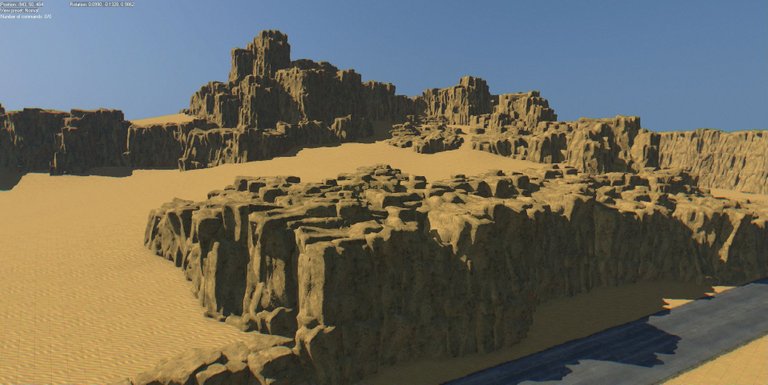
There's definitely a balance to strike with filling the map with stuff and having areas the player passes through, where there's nothing to do. For example the dunes between the town and the bridge.
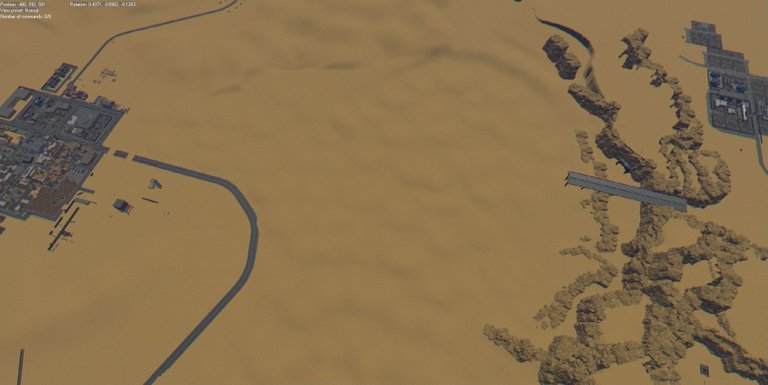
Having empty areas, where the player has nothing to do there, gives them a break from constantly being in "exploration mode". It's not to say you can't have a map full of stuff to do in every squared meter, but having empty areas is not bad, as long as they don't "look" like they would have something for the player to find. How many times have you, while playing a game, gone up to a location thinking "there must be something here of interest, like some loot, at least" then there's nothing. And what a pointless exercise it was, climbing up that mountain! You can detail "empty" areas, just don't call attention to them. By, for example placing a giant statue up on a hill top. Players will go there to check it out, for sure.
Exploration should always be rewarded, otherwise players might get bored of exploration alone, "just for the view".
This new area (image below) will have something. It's after an "empty" area, and near a main campaign, quest location, so it can be used to assist the player with the next objective, using it as a location to place a more powerful weapon, for example, which would give him an advantage to complete the next mission.
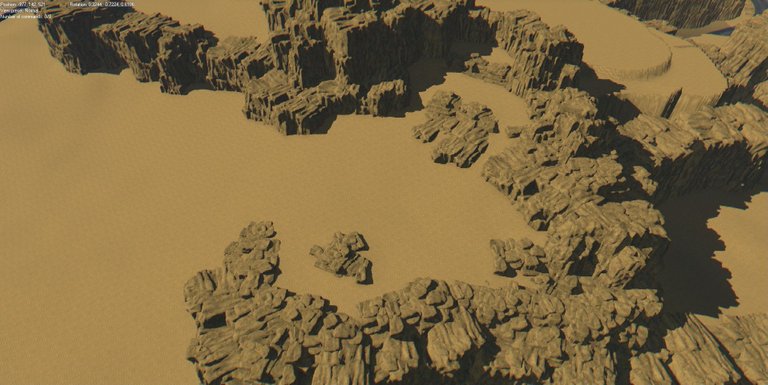
For this post, that it.
Thanks for reading.
